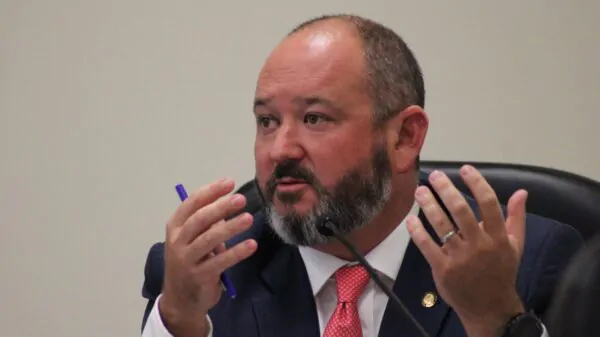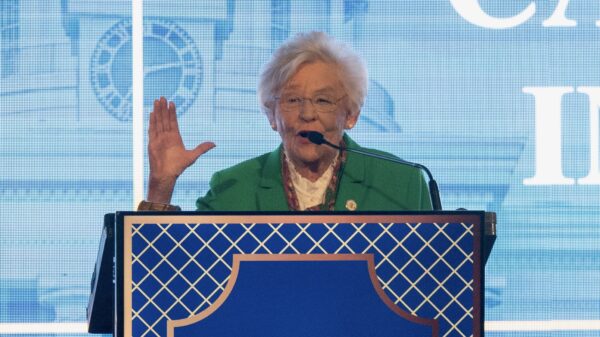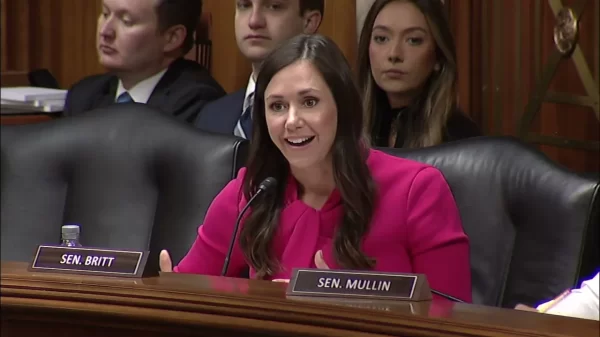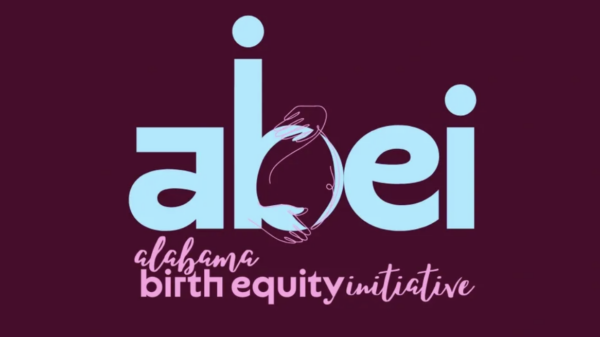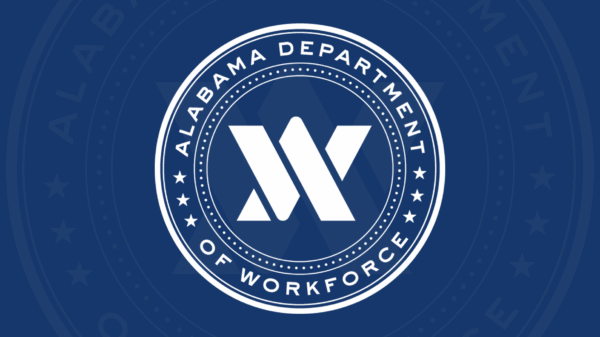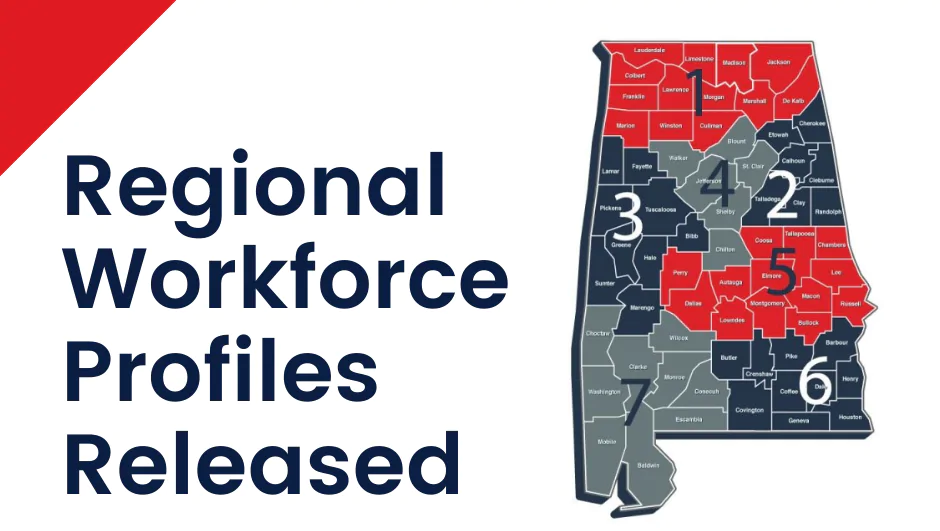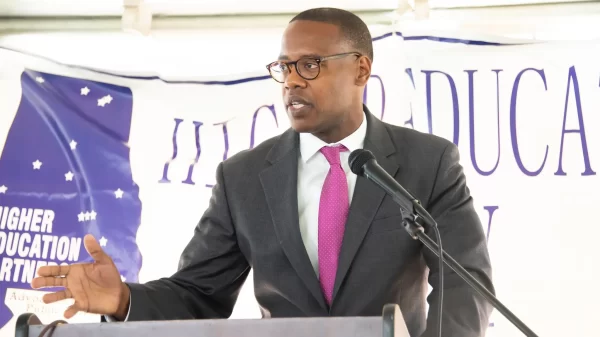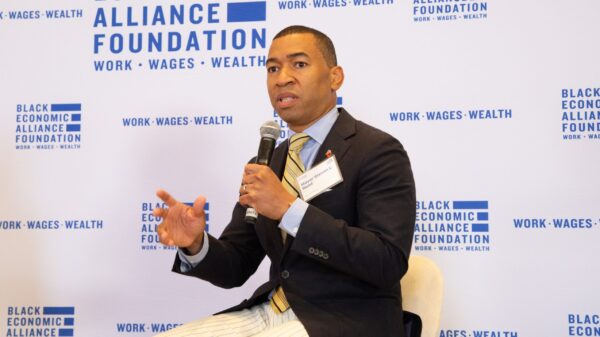Under the leadership of Gov. Kay Ivey, Alabama set the ambitious attainment goal of adding 500,000 credentialed Alabamians to the labor force, surpassing the national labor force participation rate and returning to pre-pandemic employment levels. Reaching these goals requires understanding the differences across Alabama’s seven workforce regions and expanding place-based strategies that serve the education and workforce needs of our communities.
Creating opportunities and empowering students for success begins with a thorough knowledge of the current workforce landscape as well as factors that impact access to education and employment.
Through an Equity Leadership Acceleration Grant from the Lumina Foundation, the Alabama Commission on Higher Education and Equivolve Consulting, in partnership with the Alabama Workforce Council and the Governor’s Office of Education and Workforce Transformation, collaborated to produce a tool with key data points for each region, which will provide a foundation for collaboration, shared resources and enhanced communication among stakeholders in order to achieve the state’s attainment goal.
Each regional profile contains background information, an education snapshot, a workforce snapshot, employment access and regional key findings.
“Growing Alabama’s workforce is essential for our state’s prosperity, and it is why I set the goal of adding 500,000 more skilled Alabamians to the labor force,” Ivey said. “I am proud of the great work going on throughout the state, and these Regional Workforce Profiles will help broaden our efforts. I offer my sincerest thanks to the Lumina Foundation for selecting Alabama for this opportunity.”
“Postsecondary learning has never mattered more than it does right now to our state,” said Jim Purcell, executive director of the Alabama Commission on Higher Education. “The workforce profiles will serve as valuable guides for developing new certificates and degrees to meet the needs of employers and provide pathways for Alabamians into those middle- and high-skill jobs that employers are looking to fill.”
“As we continue building out our skills-based hiring programs and initiatives, these regional profiles will enable us to further understand the complexities of each region and more effectively reach our target audience,” said Alabama Workforce Council Chairman Tim McCartney. “This important data will help business and industry, together with the state, break down barriers and promote the credential and competency-based career pathways model.”
“The workforce profiles allow us finally, to gain a more in-depth understanding of what makes up a particular region’s workforce, it’s strengths and weaknesses and gives us an amount of insight that we’ve not had before,” said Ed Castile, deputy secretary of Commerce. “The information is invaluable in helping us plan the next steps to achieving Governor Ivey’s attainment goal.”
“Developing these profiles is a critical step toward adding 500,000 credentialed Alabamians to the labor force,” said Glenn Love, CEO of Equivolve. “Not only do the profiles offer a window into the state’s workforce, they provide the Ivey administration with an opportunity to develop strategies that are data-driven, responsive, and equitable.”
“This is going to provide the regional workforce councils a framework to connect the dots and help all partners understand overall goals are and how to get there,” said Donny Jones, executive director of the Region 3 Workforce Development Council/West AlabamaWorks. “The K-12 education, community college and 4-year university systems are the bedrock of our workforce efforts, but these profiles will also help connect the non-profit and religious organizations as the wrap around services they provide are key to moving the needle and helping people obtain their career goals. It will take all of us working together to achieve this.”




